Cytopathologic Diagnosis of Serous Fluids
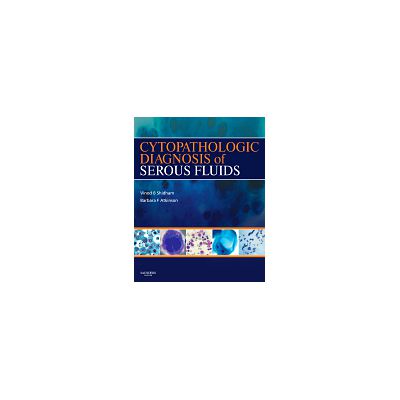
DESCRIERE
Description
This new reference examines specimen processing of effusion fluids, detailing the steps needed to obtain more accurate diagnoses while avoiding common pitfalls. A methodical, algorithmic approach to the evaluation and interpretation of specimens enables you to establish a definitive diagnosis in these often difficult cases. User-friendly features - combined with extensive tables and algorithms - facilitate ease of interpretation, and highlighted information makes the most essential concepts easy to reference quickly.
Key Features
* Avoid potential errors in diagnosis with a full chapter that offers expert approaches to specimen collection and processing.
* Arrive at more accurate diagnoses with the aid of step-by-step algorithms plus hundreds of illustrations - including multiple images for each phenomenon representing a broad range of stains and magnifications.
* Achieve optimal diagnostic certainty by viewing correlations between Pap, Diff-Quick (Romanowsky), and immunocytochemical stain for every type of serous effusion.
* Recognize the difference in cell samples yielded after washing the serous cavity with saline or balanced salt solution versus effusion fluid.
* Understand the advantages and disadvantages of Pap stains versus Diff-Quick stains in FNA evaluations.
* Remain up to date with the latest technologies such as liquid based cytology (SurePath™) and ThinPrep™.
* Easily apply principles to real-life practice by reviewing detailed histories.
* Quickly locate the guidance you need with a color-coded chapter system.
* Focus on the most important points with user-friendly highlighted boxes.
Table of Contents
1. Introduction
2. The panorama of different faces of mesothelial cells
3. Approach to diagnostic cytopathology of serous effusions
4. Diagnostic pitfalls in effusion fluid cytology
5. Immunocytochemistry of effusion fluids: introduction to SCIP approach
6. Reactive conditions
7. Diagnostic cytopathology of peritoneal washing
8. Mesothelioma
9. Metastatic carcinoma in effusions
10. Metastaic sarcomas, melanoma, and other non-epithelial malignancies
11. Where do they come from? Evaluation of unknown primary site of origin
12. Hematolyphoid disorders
13. Flow cytometry, molecular techniques, and other special techniques
Appendix 1: Collection and processing of serous cavity fluids for cytopathologic evaluation
Appendix 2: Immunocytochemistry of effusions - processing and commonly used immunomarkers
Index
This new reference examines specimen processing of effusion fluids, detailing the steps needed to obtain more accurate diagnoses while avoiding common pitfalls. A methodical, algorithmic approach to the evaluation and interpretation of specimens enables you to establish a definitive diagnosis in these often difficult cases. User-friendly features - combined with extensive tables and algorithms - facilitate ease of interpretation, and highlighted information makes the most essential concepts easy to reference quickly.
Key Features
* Avoid potential errors in diagnosis with a full chapter that offers expert approaches to specimen collection and processing.
* Arrive at more accurate diagnoses with the aid of step-by-step algorithms plus hundreds of illustrations - including multiple images for each phenomenon representing a broad range of stains and magnifications.
* Achieve optimal diagnostic certainty by viewing correlations between Pap, Diff-Quick (Romanowsky), and immunocytochemical stain for every type of serous effusion.
* Recognize the difference in cell samples yielded after washing the serous cavity with saline or balanced salt solution versus effusion fluid.
* Understand the advantages and disadvantages of Pap stains versus Diff-Quick stains in FNA evaluations.
* Remain up to date with the latest technologies such as liquid based cytology (SurePath™) and ThinPrep™.
* Easily apply principles to real-life practice by reviewing detailed histories.
* Quickly locate the guidance you need with a color-coded chapter system.
* Focus on the most important points with user-friendly highlighted boxes.
Table of Contents
1. Introduction
2. The panorama of different faces of mesothelial cells
3. Approach to diagnostic cytopathology of serous effusions
4. Diagnostic pitfalls in effusion fluid cytology
5. Immunocytochemistry of effusion fluids: introduction to SCIP approach
6. Reactive conditions
7. Diagnostic cytopathology of peritoneal washing
8. Mesothelioma
9. Metastatic carcinoma in effusions
10. Metastaic sarcomas, melanoma, and other non-epithelial malignancies
11. Where do they come from? Evaluation of unknown primary site of origin
12. Hematolyphoid disorders
13. Flow cytometry, molecular techniques, and other special techniques
Appendix 1: Collection and processing of serous cavity fluids for cytopathologic evaluation
Appendix 2: Immunocytochemistry of effusions - processing and commonly used immunomarkers
Index
Categorii de carte
-Comandă specială
-Edituri
-Promo
-Publicaţii Callisto
-Cărţi noi
-- 1134,00 leiPRP: 1260,00 lei
- 207,90 leiPRP: 231,00 lei
- 652,05 leiPRP: 724,50 lei
Promoţii
-- 1134,00 leiPRP: 1260,00 lei
- 207,90 leiPRP: 231,00 lei
- 652,05 leiPRP: 724,50 lei


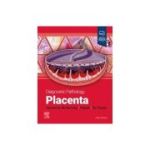


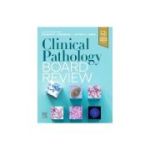
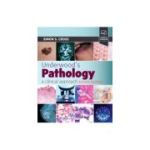

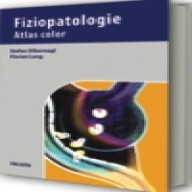



REVIEW-URI